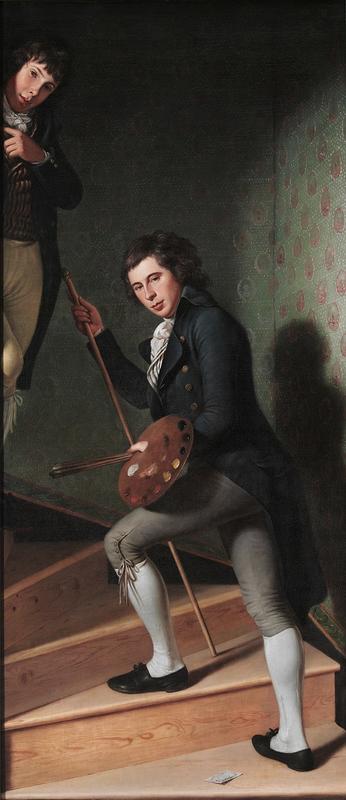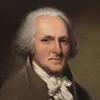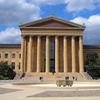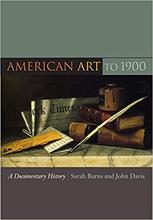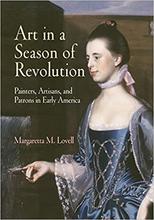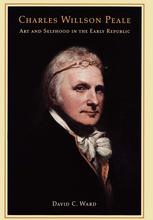More about Staircase Group (Portrait of Raphaelle Peale and Titian Ramsay Peale I)
- All
- Info
- Shop

Sr. Contributor
Charles Wilson Peale was an interesting guy, to say the least.
All those colonial types were such overachievers, but I guess declaring independence from King George III demanded a certain amount of chutzpah. The founding fathers were a unique bunch who thought highly of themselves and one another. This might explain why Peale named his seventeen children after notable figures, including fellow American Benjamin Franklin and world-renowned artists like Rembrandt, Raphael, Rubens, Titian, and Angelica Kauffman. Peale’s unusual naming tactic worked out in his favor. His family constituted the first American art dynasty, and works by fifteen Peale family members are in the collection of the Philadelphia Museum of Art.
Peale and his revolutionary brethren had high hopes for this new thing called the United States of America, and there was a lot to be done to establish an American art culture. Peale met and studied briefly with John Singleton Copley, the foremost portraitist in the new nation. Peale also made a nice chunk of change painting portraits, but he decided that there was even more that he could do to further the culture of the United States. Instead of painting, he decided to establish cultural institutions; he opened two art academies to train the next generations of American artists, as well as the nation’s first museum.
Being the overachiever that he was, Peale decided to put one of his own paintings in the first exhibition of works that one of his art associations put up in 1795 in the building now known as Philadelphia’s Independence Hall. Staircase Group was the result of an effort to show that, even if he wasn’t actively painting as much as he used to, he was still the best artist in Philly.
The boys in Staircase Group are Peale’s two sons, Raphaelle and Titian Peale, who grew up to be artists themselves. If you look closely, you can see a little piece of paper next to the closer son’s right foot. This paper is a ticket to Peale’s museum, and yes that’s what it actually looked like. The overall illusionism in the painting doesn’t stop there, of course. The two boys look like they’ve stopped mid-climb to look back at you. Peale heightened the illusion by making the painting’s frame look like an early American door frame.
After showing up everyone else at the exhibition, Peale installed the painting in his own studio. He elevated the painting and added a real, wooden step so that it looked like the first step led right up into the painting. If you make it past the infamous Rocky Statue and into the museum, you’ll see that the painting is still installed this way in the Philadelphia Museum of Art. When George Washington visited the illustrious artist’s studio, even he was fooled by the painting. Legend has it that the president tipped his hat and said hello to what he thought were the artist’s two sons. Total blonde moment.
Sources
- Harris, Beth, and Steven Zucker. “Peale, Staircase Group.” Khan Academy. https://www.khanacademy.org/humanities/art-americas/british-colonies/ea….
- “Artist in His Museum.” Pennsylvania Academy of Fine Arts. Accessed April 20, 2018. https://www.pafa.org/collection/artist-his-museum. Accessed April 20, 2018.
- “Staircase Group (Portrait of Raphaelle Peale and Titian Ramsay Peale I).” Philadelphia Museum of Art. Accessed April 20, 2018. http://www.philamuseum.org/collections/permanent/102998.html?mulR=53290…. Accessed April 20, 2018.
- “Charles Willson Peale.” Smithsonian American Art Museum. Accessed April 20, 2018. https://americanart.si.edu/artist/charles-willson-peale-3720.

